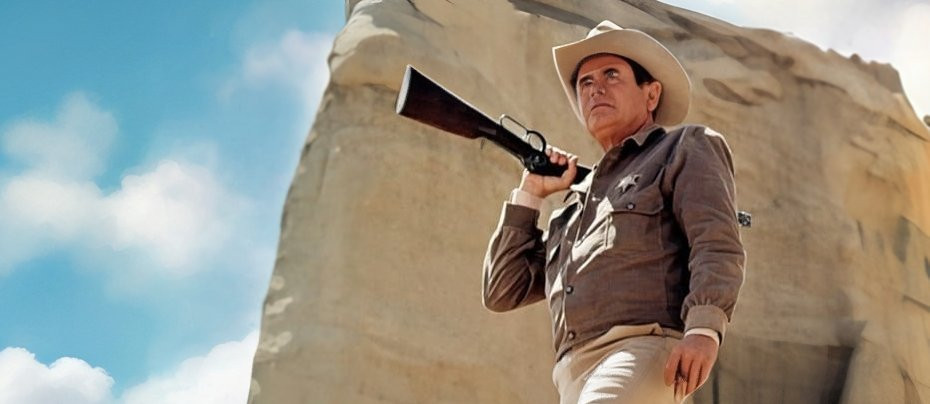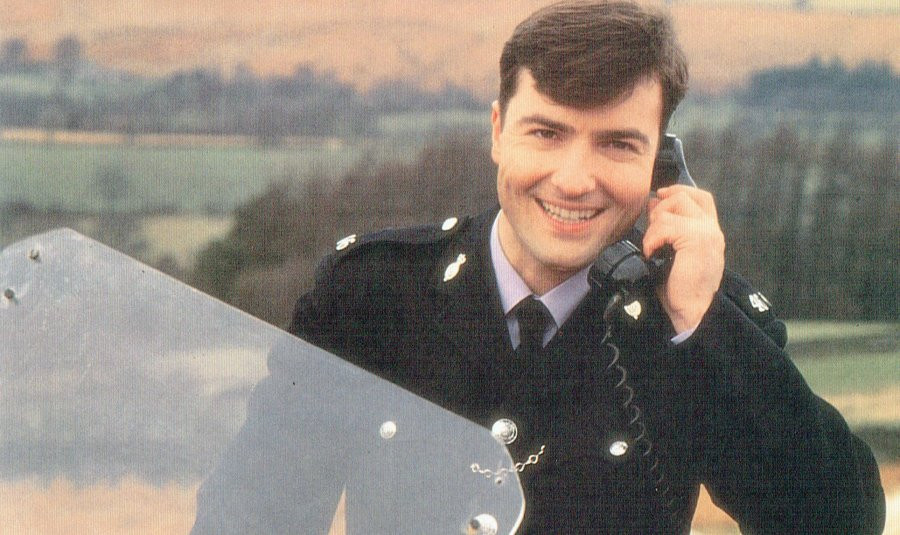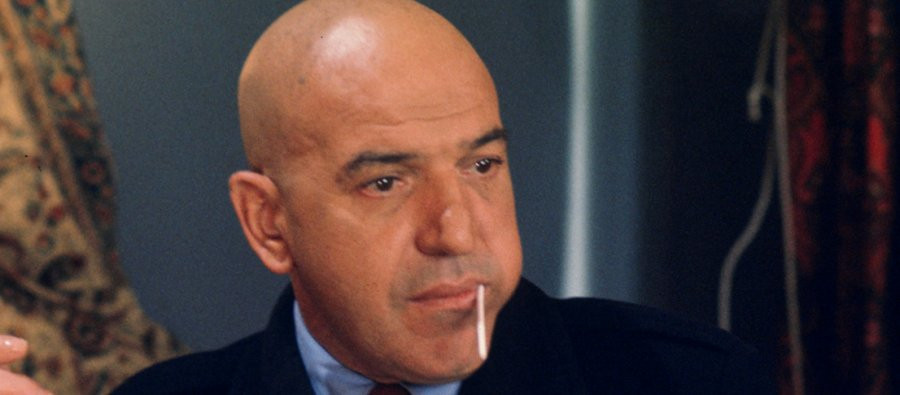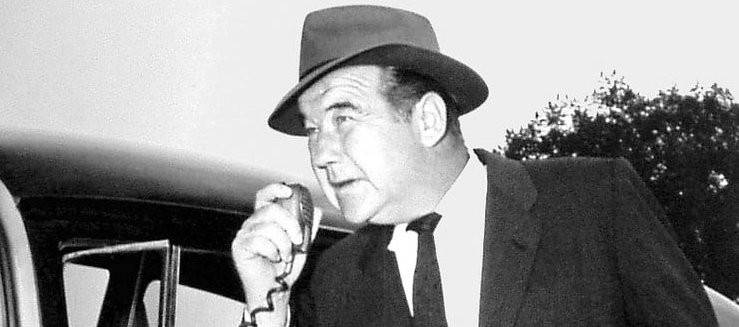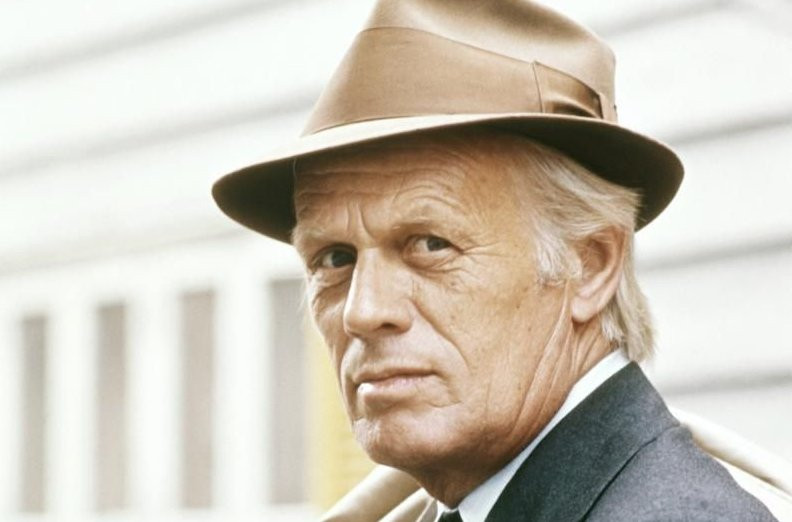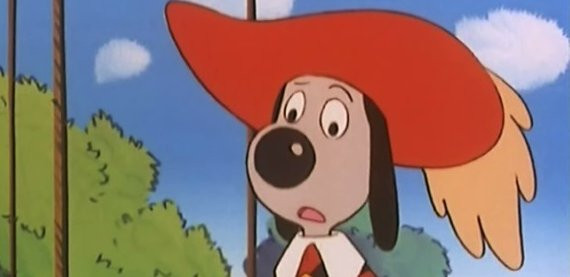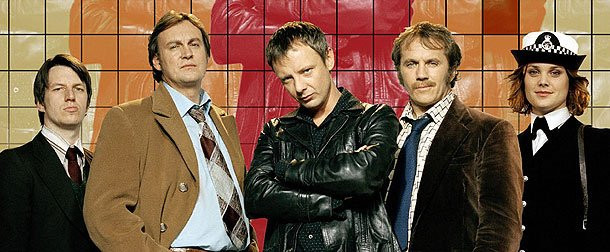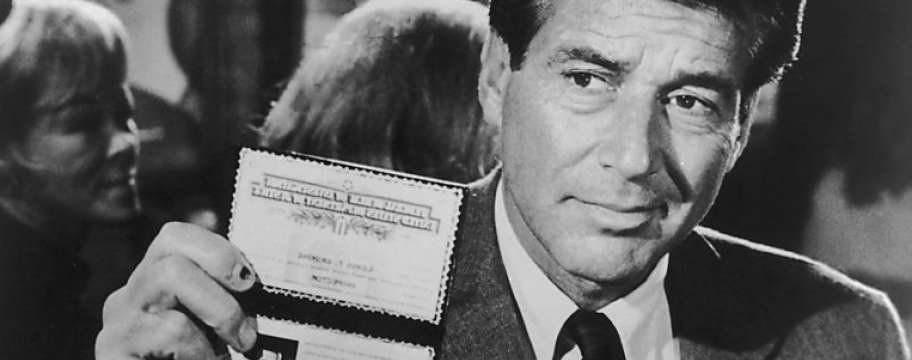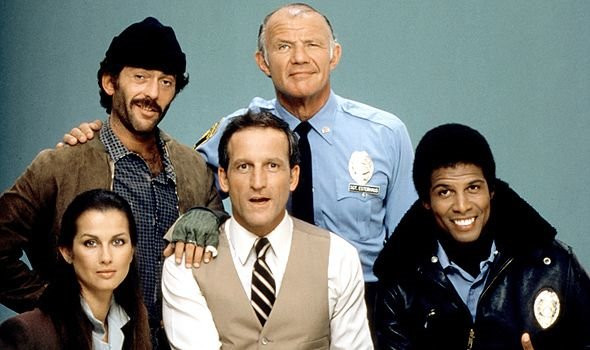
Hill Street Blues
1981 - United StatesCo-created by acclaimed producer and writer Steven Bochco alongside Michael Kozoll, Hill Street Blues followed the hectic, sometimes perilous professional and personal lives of the officers based at the run-down, ageing Hill Street police station, set in a deteriorating neighbourhood of an unnamed city in the eastern United States (though exterior shots were filmed in Chicago). Despite ultimately becoming arguably the most influential police drama of the 1980s, the series wasn’t an immediate success with audiences.
Debuting on NBC on 15 January 1981, its initial reception from critics ranged from lukewarm to outright negative. During its first year, the show narrowly avoided cancellation and earned the dubious distinction of being the lowest-rated prime-time programme ever renewed for another season, ranking 66th out of 69 in the influential Nielsen ratings. However, from this unpromising beginning, the show defied expectations to produce 145 episodes across seven groundbreaking seasons.
Bochco and his team assembled one of the largest and most talented ensemble casts ever seen on American television at the time. Together, they crafted a richly layered and sophisticated narrative that challenged the prevailing norms of television storytelling. Far from dumbing things down for audiences, the show presented a multitude of characters—often more than two dozen recurring figures—and juggled several interwoven plotlines in a single episode, many of which spanned multiple episodes in the form of mini-arcs. It was a bold departure from the belief that viewers couldn’t follow more than a handful of characters or storylines at once.
The series was also notable for its innovative use of sound, depicting a noisy, chaotic station in a city that felt equally alive and cluttered with urban grit.
Among the central characters were Captain Frank Furillo, the quietly authoritative leader grappling with a complicated personal life, including an ex-wife and eventual marriage to defence lawyer Joyce Davenport, who remained his professional rival. Sergeant Phil Esterhaus served under him until the death of actor Michael Conrad, after which Sgt. Stan Jablonski took his place. Other memorable characters included Ray Calletano, the Hispanic second-in-command; Howard Hunter, a trigger-happy SWAT leader; the unkempt undercover detective Mick Belker; and detectives Neal Washington and his troubled partner J.D. LaRue.
Though the show struggled initially with low ratings, it received a dramatic turnaround at the Emmy Awards, earning a record-breaking 21 nominations and winning eight, including Best Drama Series—an extraordinary feat for a show with such a modest start.
In a later interview, Bochco recalled with amusement: “At the 1981 Emmys, we were all sitting together, and every time one of us won, we stood up and cheered. People were looking at us wondering who we were, because nobody knew what Hill Street Blues was.” But the team’s faith in the show was well placed. It went on to win the Emmy for Outstanding Drama Series for its first four consecutive seasons—an unmatched achievement. By the end of its run, the series had garnered a staggering 98 nominations and won 26 Emmys, second only to Cheers (27) and The Mary Tyler Moore Show (29). Even the theme tune, composed by Mike Post and Larry Carlton, became a hit, reaching number 10 in Billboard magazine’s Top TV Theme Songs chart in November 1981.
With outstanding performances, gritty realism, intelligent scripts, and a dark undercurrent of sharp humour, Hill Street Blues set a new benchmark for police dramas on American television. Its influence could be seen in later successes like Bochco’s own NYPD Blue and Murder One.
Fast-paced, mature, unflinching and fiercely intelligent, Hill Street Blues was a revolutionary force in television, rejecting the safe, formulaic approach that had dominated police dramas for years. Its most famous line may have been “Let’s be careful out there”—but the series itself never played it safe, and television was all the better for it.
Seen this show? How do you rate it?
Seen this show? How do you rate it?
Published on December 21st, 2018. Written by Malcolm Alexander for Television Heaven.


